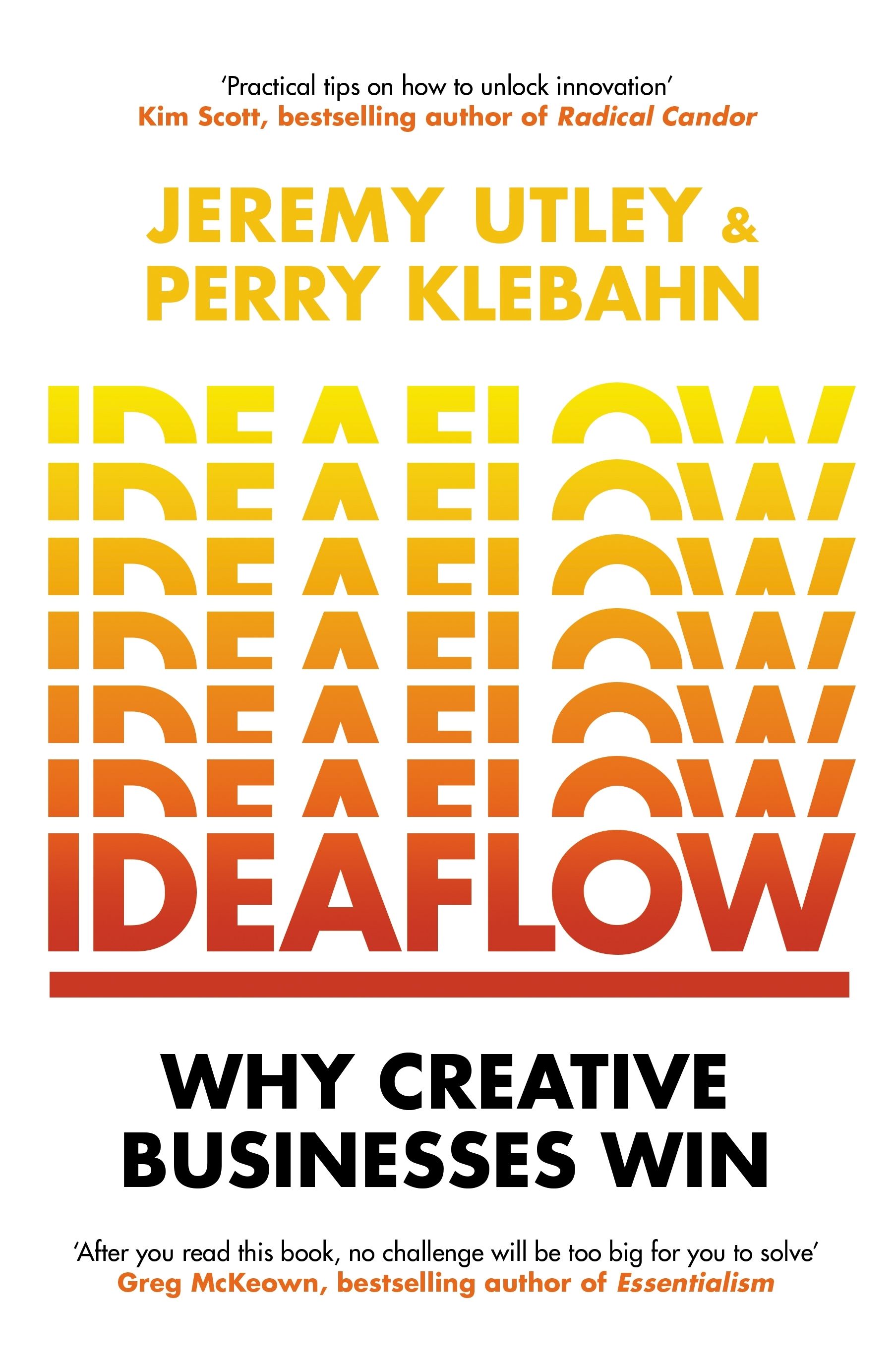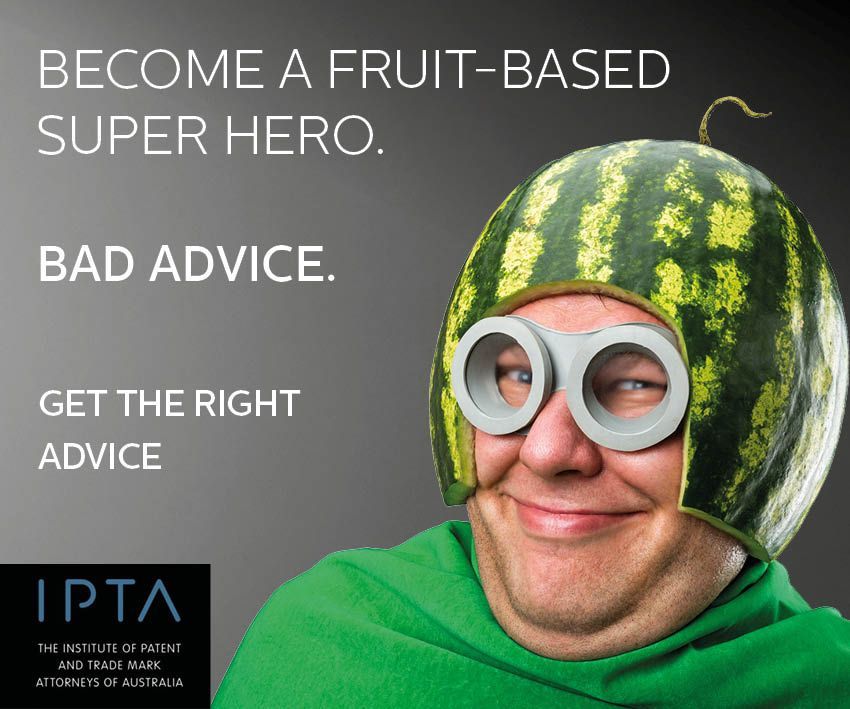1MG FlippingBooks
IDEAFLOW BOOK REVIEW
Steph Clarke
Jeremy Utley and Perry Klebahn think you should measure your ideas. The Stanford Hasso Plattner Institute of Design (aka dSchool) professors call this metric your Ideaflow, which is also the title of their 2022 book on the subject.

They propose that all problems are idea problems at their core. Whether you’re trying to invent a new product, solve a difficult HR case, or find new clients; the more ideas you have, the better off you’ll be. In fact, improving your Ideaflow will not only help you solve more problems, it will also make your work more satisfying and enjoyable. What more could one want?
“You can’t get good ideas overnight. You need to keep them flowing in good times and bad. Ideas are solutions to future problems. They represent tomorrow’s profits. No ideas, no tomorrow.”
Importantly, your Ideaflow is not the number of ideas you execute on, but the number of initial ideas you generate, because quantity is the gateway to quality. Ideaflow as a metric is calculated as the number of novel ideas someone can generate in a given amount of time. If you set your timer for two minutes, and generate ten ideas, your Ideaflow metric is five (ten ideas divided by two minutes). They suggest measuring this at the start of your Ideaflow improvement journey, and again once you’ve been using the techniques in the book in order to judge your progress.
After making the case for improving your Ideaflow, the book dives deeper into two main categories of Ideaflow improvement; testing, and elevation.
The elevation section of the book was more repetitive of many other books or podcasts on creativity and innovation. We’re reminded to think laterally about our problems by looking at different industries, collaborate with other people, collide two ideas together to create a new one, put a waterproof notebook and pen in our showers.
However, the testing section contained ideas that are worth spending more time on. How often do you test your ideas in measurable and novel ways that go beyond asking a couple of stakeholders for their thoughts? Testing is an underused phase of the innovation process that’s often skipped or under-funded, at the expense of an outstanding outcome. The irony is that most organisations are so risk-averse that they’d rather execute an average, safe idea than test a brilliant, bold one.
But, before you jump to send out another customer survey, the authors state in no uncertain terms that “surveys are useless”. They claim that you need to judge people by their actions, not their words or sentiments. Therefore, effective tests should involve some kind of transaction; clicks, sign ups, purchases, or commitments.
Throughout the book, Jeremy and Perry share examples from the biggest, most creative organisations alongside stories from students who have gone through the dSchool program. There’s examples from startups alongside stories from corporates who have needed to rethink their own appetite for learning by getting used to thinking smaller and using pilots and prototypes to evolve their organisations.
BARK, the dog toy and treat subscription box company, tested their early product by showing prototype boxes to their dog-owning friends. Rather than just getting their friends’ feedback on the boxes, the BARK owners really tested how much their friends liked the box by getting them to buy one on the spot. This level of commitment is the true proof of the quality of an idea, and generated their first customers.
Compare this to the story of a shopping mall, where the execs had the idea to build a beer garden on their top floor to attract office workers and revive their struggling space. Armed with their good idea, management surveyed mall customers to ask if they would check out a prospective beer garden. An overwhelming majority of customers said they would. Surely this could only be a resounding success?
Buoyed by this clear vote of confidence, the mall invested hundreds of thousands building the beer garden. It was well stocked with craft beers, a luxury fit-out, and gourmet food. One month after opening, the beer garden was attracting fewer than a dozen customers a night.
Why hadn’t the shopping mall spent just a few thousand dollars on a temporary pop up bar, to test people’s commitment? A simple, and comparatively inexpensive test would have saved hundreds of thousands of dollars of their big build project, not to mention the time and energy wasted on a dud idea that could have been spent properly testing a suite of other ideas.
This is just one or many examples shared in the book of why, and how, businesses need to exercise the discipline of rigorous testing. Sir James Dyson tested one variation a day for four years to refine his bagless vacuum cleaner; tweaking, measuring, and documenting throughout. The authors emphasise that sometimes it’s the quality of your test that’s the problem, not the product or service you’re trying to test.
Ideaflow is not the full picture of the innovation process, but it’s not designed to be. It’s one element that’s easy to isolate, improve on, and achieve some meaningful impact from doing so.
At times, the book feels like it falls into the category of ‘books that should have been a series of punchy blog posts’. However, it is easy to read, the examples are up-to-date and relevant, and the authors have done a good job of including case studies that resonate with the contexts and realities of a variety of readers.
If you’re frustrated with your organisation’s approach to innovation, feel like your team is stuck in a void of ideas, or you’re feeling deflated after a few idea flops, you will almost certainly walk away from this book with new techniques and interesting conversations to experiment with.










